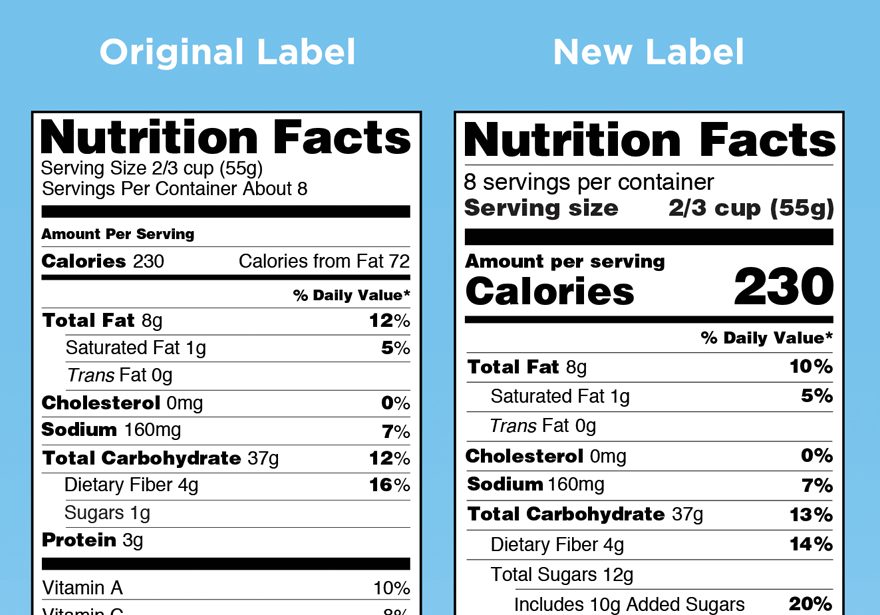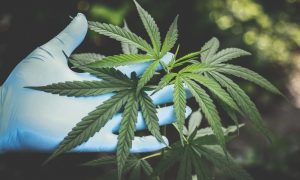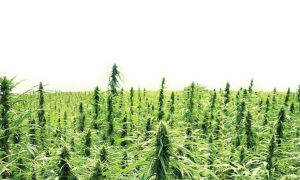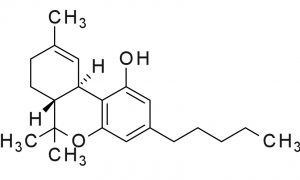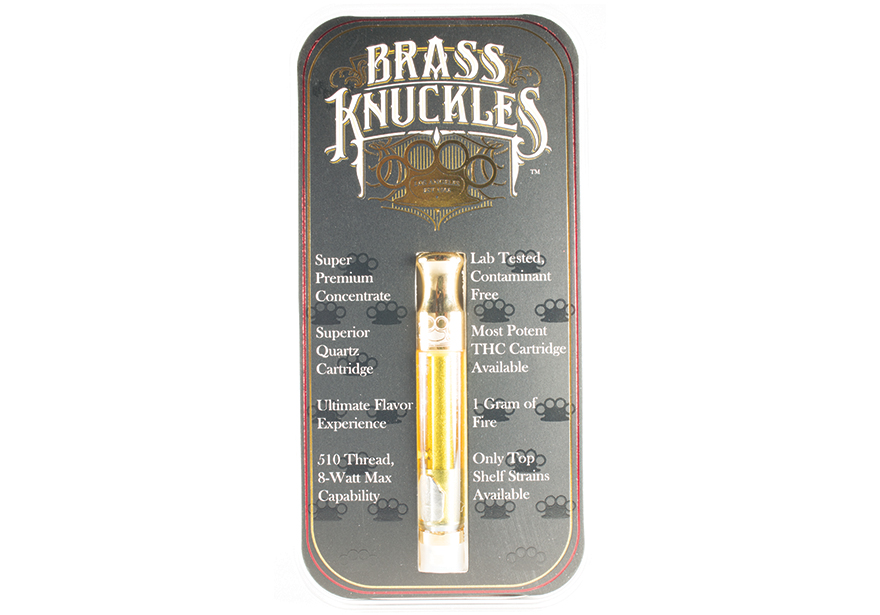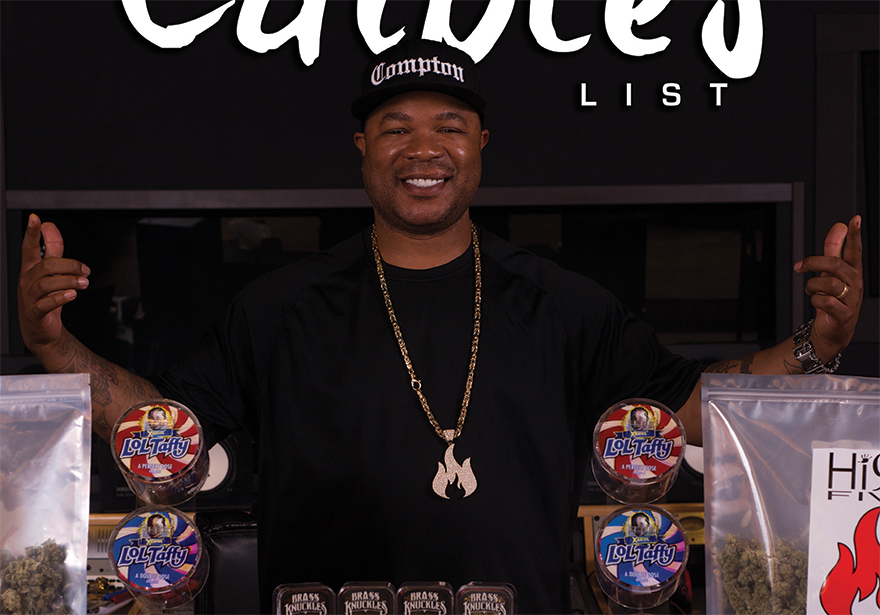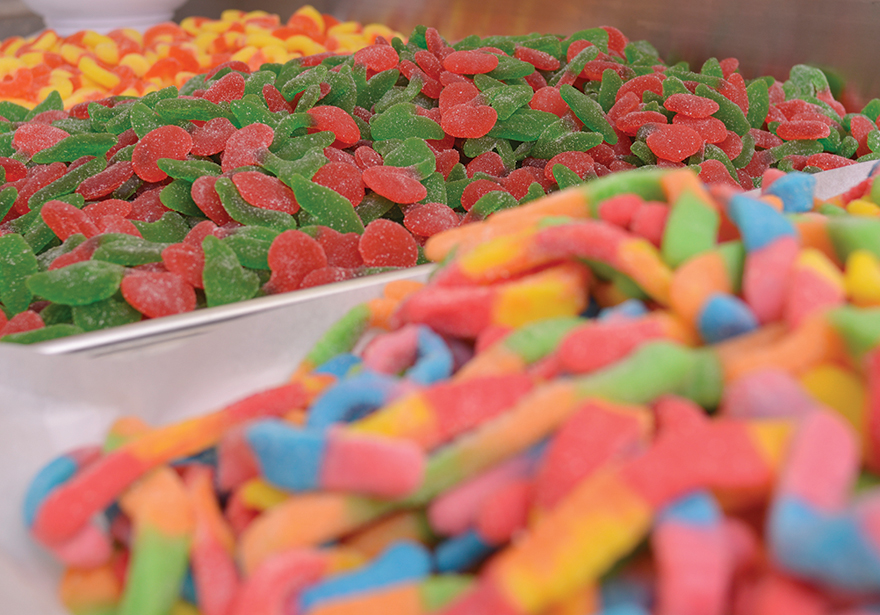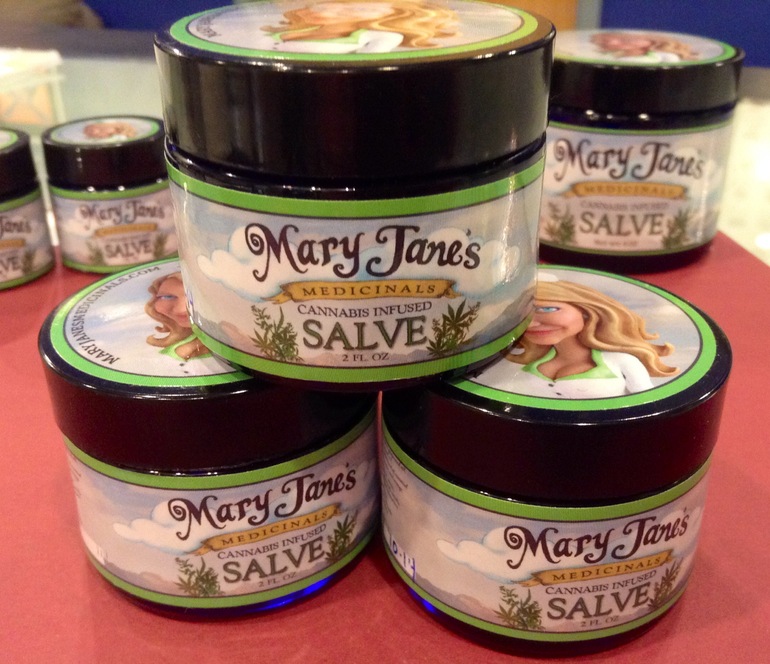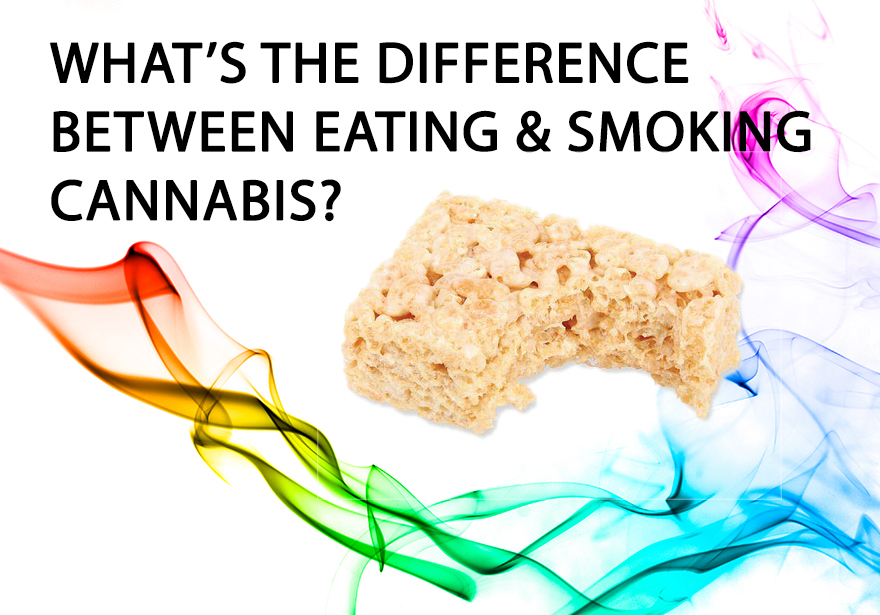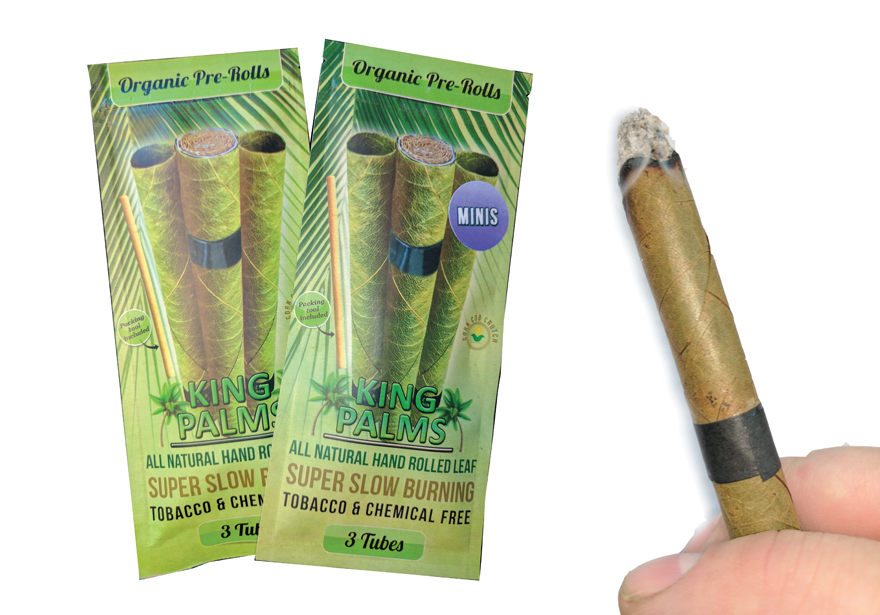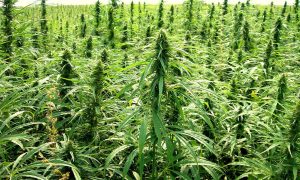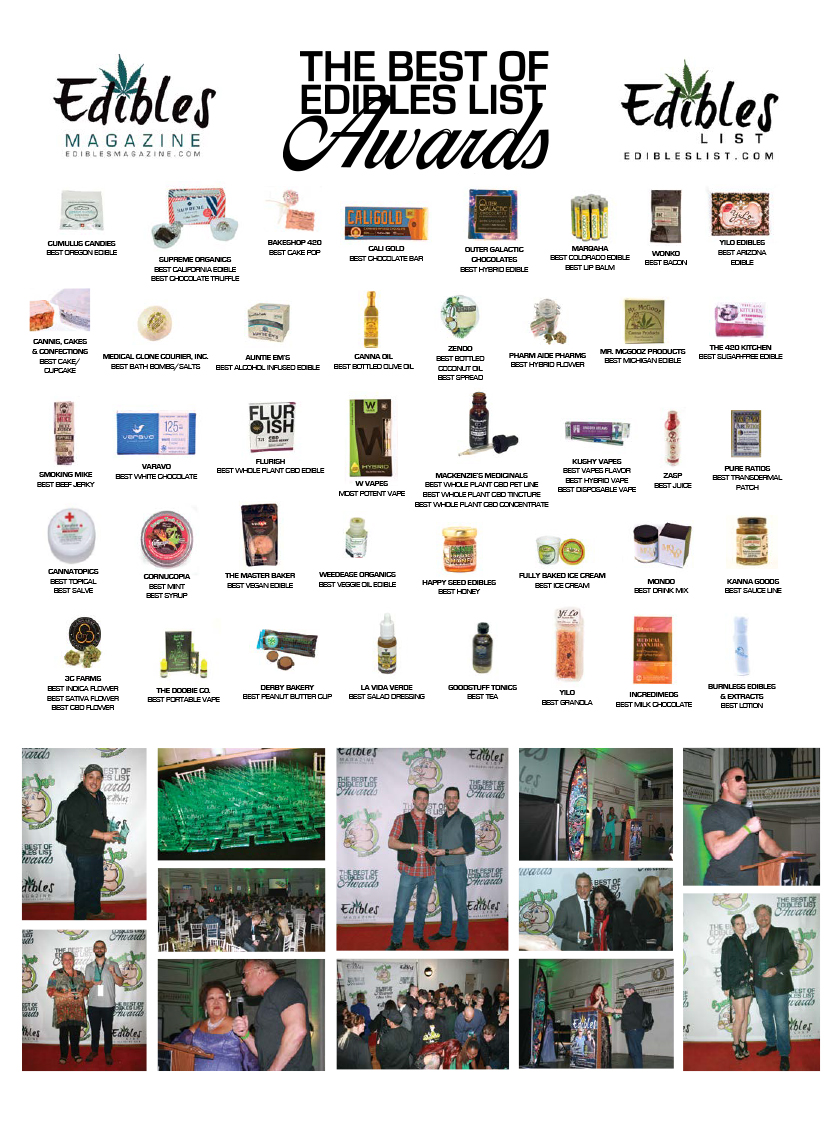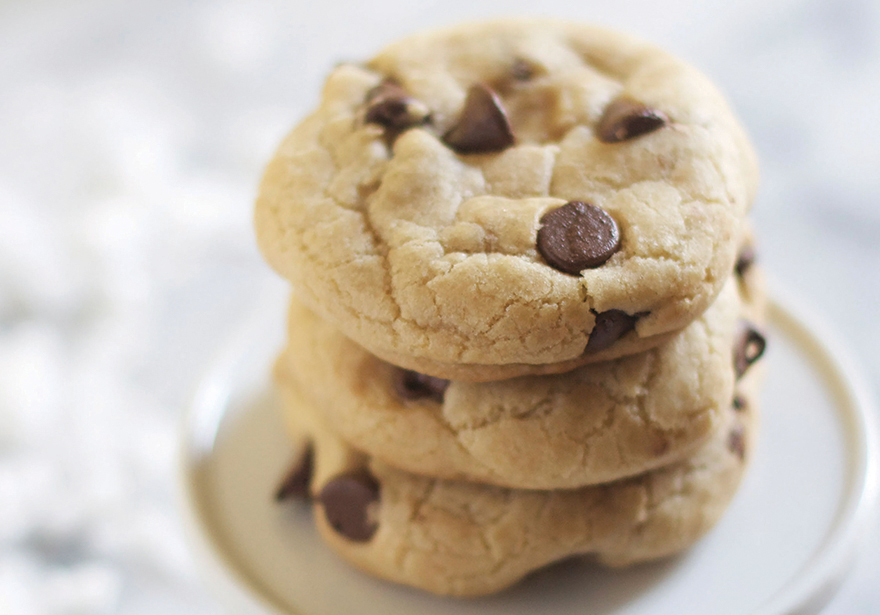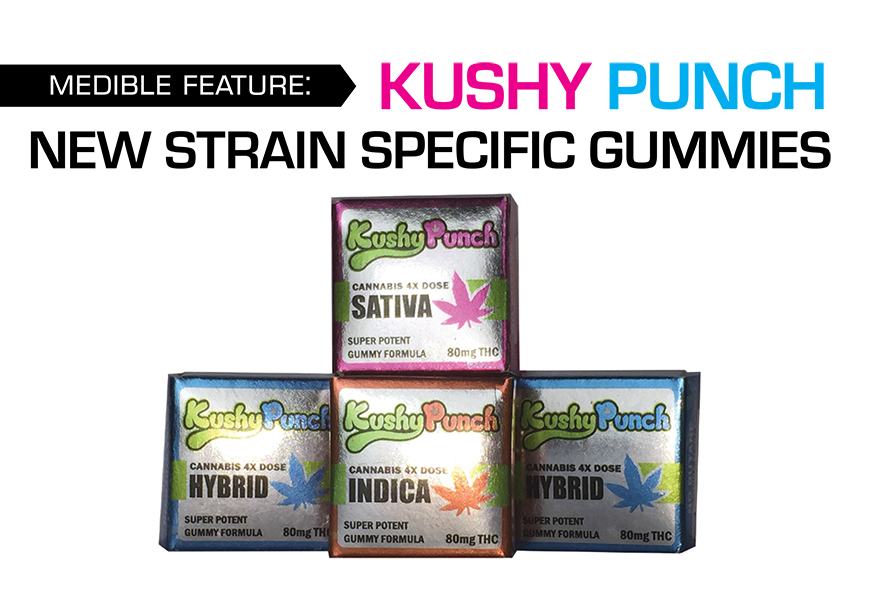Something very exciting happened on July 26th of this year. The Food and Drug Administration (FDA) finally decided it was time to update the nutritional label format that we see on all food packages. For years we have been looking at labels that were created back in 1990 and as the times have changed, so have our dietary concerns.
The official information with all the regulation changes is long and complex, but you can read it on the FDA website here: http://www.fda.gov/Food/GuidanceRegulation/GuidanceDocumentsRegulatoryInformation/LabelingNutrition/ucm385663.htm#highlights
With cannabis food products not quite legal in the eyes of the federal government, medible makers often don’t have labels that comply with federal regulations , figuring that no one is really checking that closely, but with individual states slowly legalizing cannabis as both medicine and a recreational product, your customers will soon want, and expect labels that are similar to the ones they see on the food products in the retail marketplace. They want to know if their nutritional and medicinal needs are being met.
Years ago we used to worry about Vitamin C and Vitamin A, so the FDA made those mandatory nutrients on our food labels. This has changed. We are no longer concerned with C and A but we are concerned about Vitamin D and potassium, as many people are deficient in these micro-nutrients. The FDA now requires that those nutrients be listed on packaging.
Sugar in the diet is an ongoing concern. The old label format had us list the amount of sugar but not where it came from. Now any added sugar has to be listed as such. Added sugars include honey, fruit syrups, molasses, brown rice syrup, tapioca, corn syrup, glucose syrup, and date syrup. These are all considered to be sugar added to your product. White sugar is no longer the sole evil enemy, because other sugars now need to be both recognized, and listed with the total amount of “added” sugar on the label.
Serving sizes are also changing. A serving of ice cream is now 1 cup instead of ½ cup and soda now has an official serving size of 12-oz instead of 8-oz. Americans eat more food and larger serving sizes reflect what we are really putting into our mouth.
Cannabis food makers should research their own state laws and see what the nutrition label format requirements are for cannabis infused food products. They may not be the same as what the FDA is mandating for non-cannabis food products. As always, cannabis foods must be clearly listed as such, packaged in appropriate state approved packaging, and with the serving sizes adjusted to ensure that patients are getting a proper dose. For example, if you are selling ice cream by the 1 cup serving, make sure your sugar levels reflect that amount and your THC content is lowered to a single dose (or have the dosage per cup listed on the package it is served in).
Cannabis food companies are concerned about the health of their patients; therefore calories, sugars, types of fat, vitamin D, and potassium are all important nutrients to note on your nutritional panel. Moving forward into the future, it will be a comfort to see more and more nutritional and medicinal information be made more readily available for the patients and the more casual consumers.
B. Le Grand

